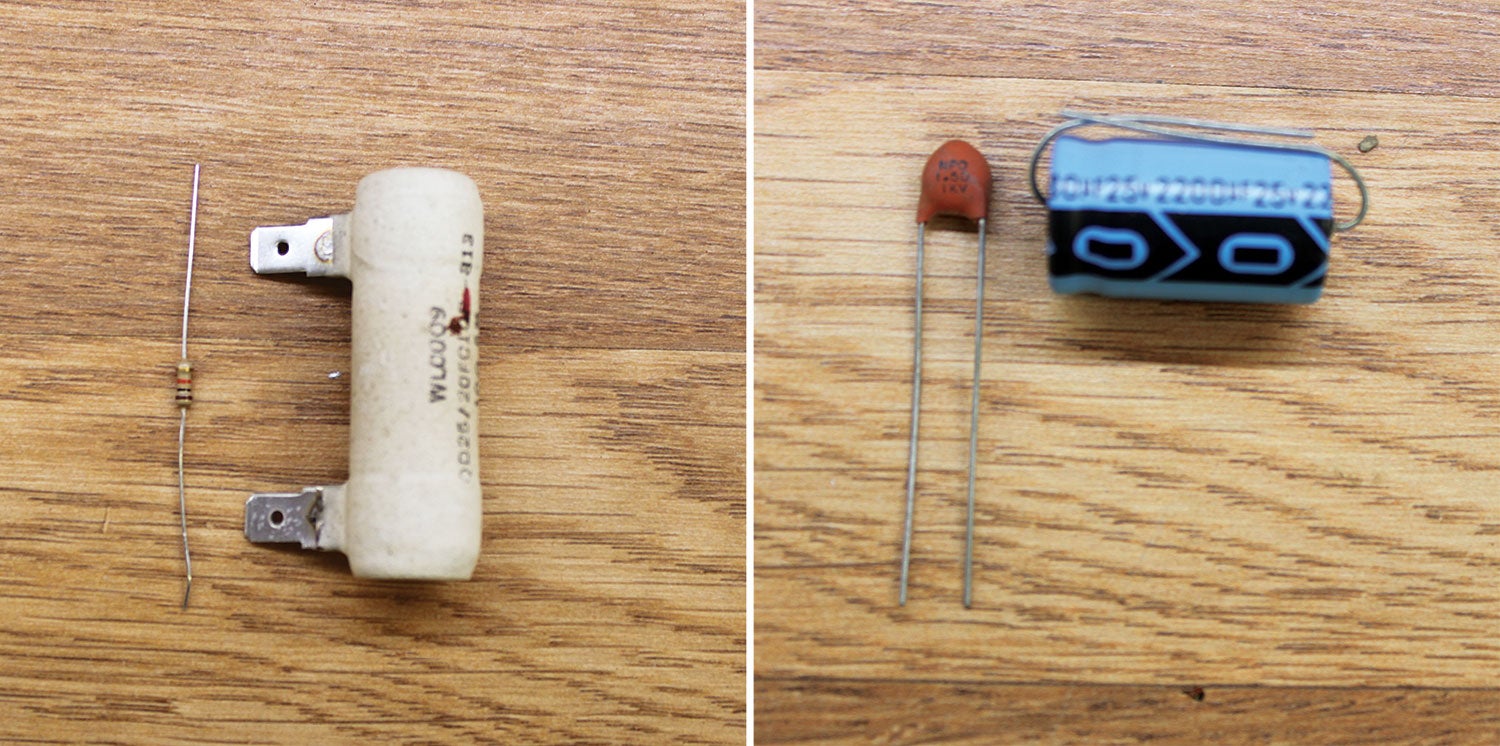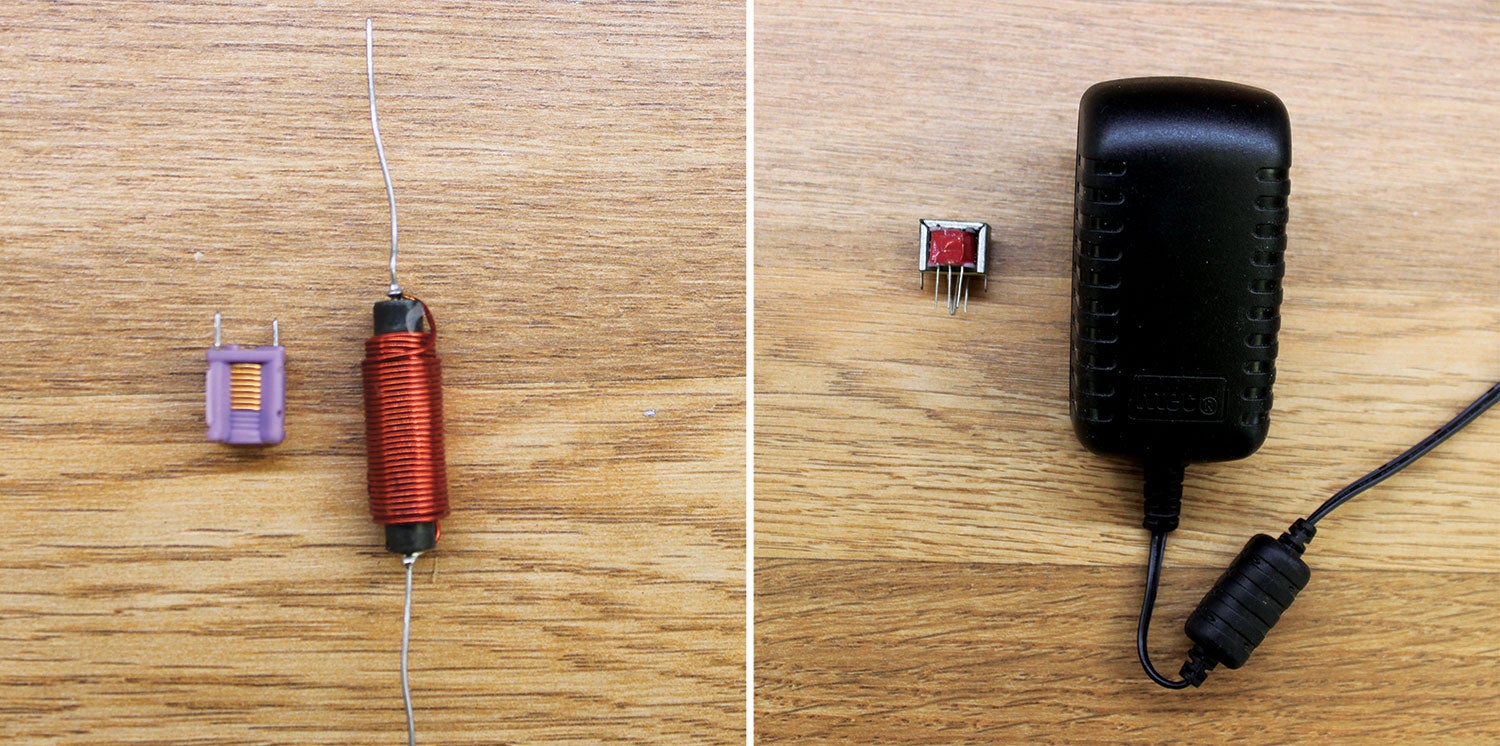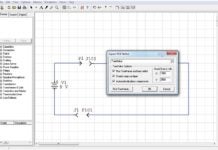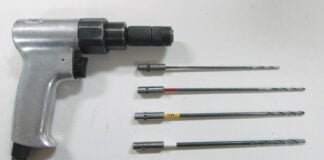I’ve been a teacher most of my life, but my first paid gig in 1967 was teaching avionics (aviation electronics) at a community college in San Diego to other technicians. Earning $15 an hour teaching a subject I loved sure beat the 25 cents an hour I was making in 1960 as a high school junior fixing TV sets at the local electronics fix-it shop. And it was better than the $3.50 I was making an hour in 1965 as an avionics technician for a local airline—not to mention I didn’t have to work Friday night, Saturday night and a double shift on Sunday. That really cut into my college social and beer schedule.
Then a wonderful thing happened out of the blue. I had just moved from San Diego to my dream house in the northern Sierra foothills when this fellow showed up at my front door asking if I was the college teacher from San Diego. I allowed as to how I was, and he introduced himself as the department chair of the electronics department at the local Sierra Community College. That was the start of a wonderful 40-year career teaching part-time community college electronics. But there was a hiccup.

I found out quite early, like the first day, the hardest thing about teaching was remembering that at one point in my life I knew absolutely nothing about electronics. And that these students, bright-eyed and bushy-tailed just out of high school, also knew nothing about electronics. I mean, I started off the first day of class talking about working with a 12-volt circuit. One timid freshman held up her hand and said, “What’s a volt?” Another one, emboldened by the first, followed with, “What’s a circuit?”
I decided then and there, this is not going to be easy. And ever since then, I’ve started every semester with a basic—I mean really basic—discussion of electronic terms.
Now, after nearly 38 years of writing about electronics, I’ve also come to realize that I’ve been spouting terms like “op-amp” (operational amplifier) and even the relatively obsolete “transistor” without ever explaining what they are. So here we go with some of the stuff I’ve neglected to tell you for nearly four decades.
Electron: A tiny subatomic particle. It has a negative charge. It is the foundation of the science of electronics.
Voltage: The amount of pressure we put on an electron to do our work for us. V is the symbol for voltage. (Named after Italian physicist and chemist Alessandro Volta.)
Current: The number of electrons passing by a particular part of a circuit at any one time. Measured in amperes, 1 amp equals about 6 billion billion (6,000,000,000,000,000,000) electrons moving past the circuit per second. (Named after French physicist and mathematician André-Marie Ampère.)
Resistance: The property of a circuit that limits the amount of current in a circuit. Measured in ohms (Named after German physicist and mathematician Georg Ohm.)
Power: The property of a circuit to do work. Measured in watts. (Named after Scottish inventor and mechanical engineer James Watt.)
Conductor: An electronic component that permits current to be transferred from one circuit to another. All conductors have resistance. The conductors with the least resistance and therefore the least lossy to lose power to heat in accordance with the equation (P=I2 * R) are silver, copper, gold, aluminum and they get worse from there.
Resistor: An electronic component that limits the amount of current in a circuit. Small resistors used in electronics are generally made from carbon. (You can make your own from pencil “lead,” which is graphite [crystalline carbon], but at less than a nickel for a real resistor it’s not generally worth it.) For medium- to high-power dissipation they can be made from lossy nichrome (nickel-chromium) wire for watts to hundreds of watts dissipation. Measured in ohms.
Capacitor: An electronic component that attempts to keep the voltage in a circuit constant. They are made of hyper-thin sheets of conductors (like aluminum) separated by hyper-thin sheets of insulators (like plastic) that store electrons on the conductors and release them into the circuit as the need requires. Measured in farads (F) or more commonly millifarads (mF) to picofarads (pF). (Named after English scientist Michael Faraday.)
Inductor: The inverse of the capacitor in that it attempts to keep the current in a circuit constant by means of storing energy in a coil of wire that forms a magnetic circuit and releasing it as voltage to keep the current constant. One inductor we are all familiar with is an ignition coil. Voltage is fed into the coil to create the stored energy and then at the right time the circuit opens (breaker points) and the inductor attempts to transfer all that energy into voltage to keep the current constant. This produces a horrendously high voltage that eventually is fed into a form of capacitor called a spark plug, which is designed to transform all that energy into a little tiny lightning bolt that dissipates all that energy as a spark. Measured in Henrys (H). More commonly used as millihenrys (mH) to microhenries (µH). (Named after American scientist Joseph Henry.)
Transformer: Made from two magnetically connected (but electronically isolated) inductors. An AC signal in one inductor (the primary) is magnetically transferred to the other inductor (the secondary), and by adjusting the number of turns of wire on the primary and secondary, the secondary voltage may be made to increase, stay the same or decrease the AC voltage transfer from primary to secondary. For example, if we connect the primary to the wall socket (120 volts AC) and wind 10 times the number of turns of the primary inductor as the secondary (10:1 ratio), we will create a 12 volts AC voltage at the secondary. By the magic of semiconductors, we can change that AC to DC to run a 12-volt aircraft radio on the test bench from a wall socket supply (T).

That pretty well wraps it up for what we call the most common “passive” components. Next month we will talk about the really interesting stuff like transistors, op-amps and other “active” components in the electronic toolbox. Until then…stay tuned…














Just a great simple explanation of what most of my life’s work/hobby/profession started out as an Avionics technician in the Navy to a Six Sigma Black Belt in Quality Engineering. And I never cease to try an learn something new every day.
Thank you for writing
Things have sure changed a lot since the early days. Now you would be lucky to even find a resistor or capacitor (formally called condenser) on one of those new fangled printed circuit boards. Everything is so small and assembled by machine that it can be impossible to work on. An a nanofarad? Wow! Micro micro went the way of the pico. Wonders will never cease.